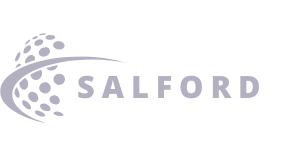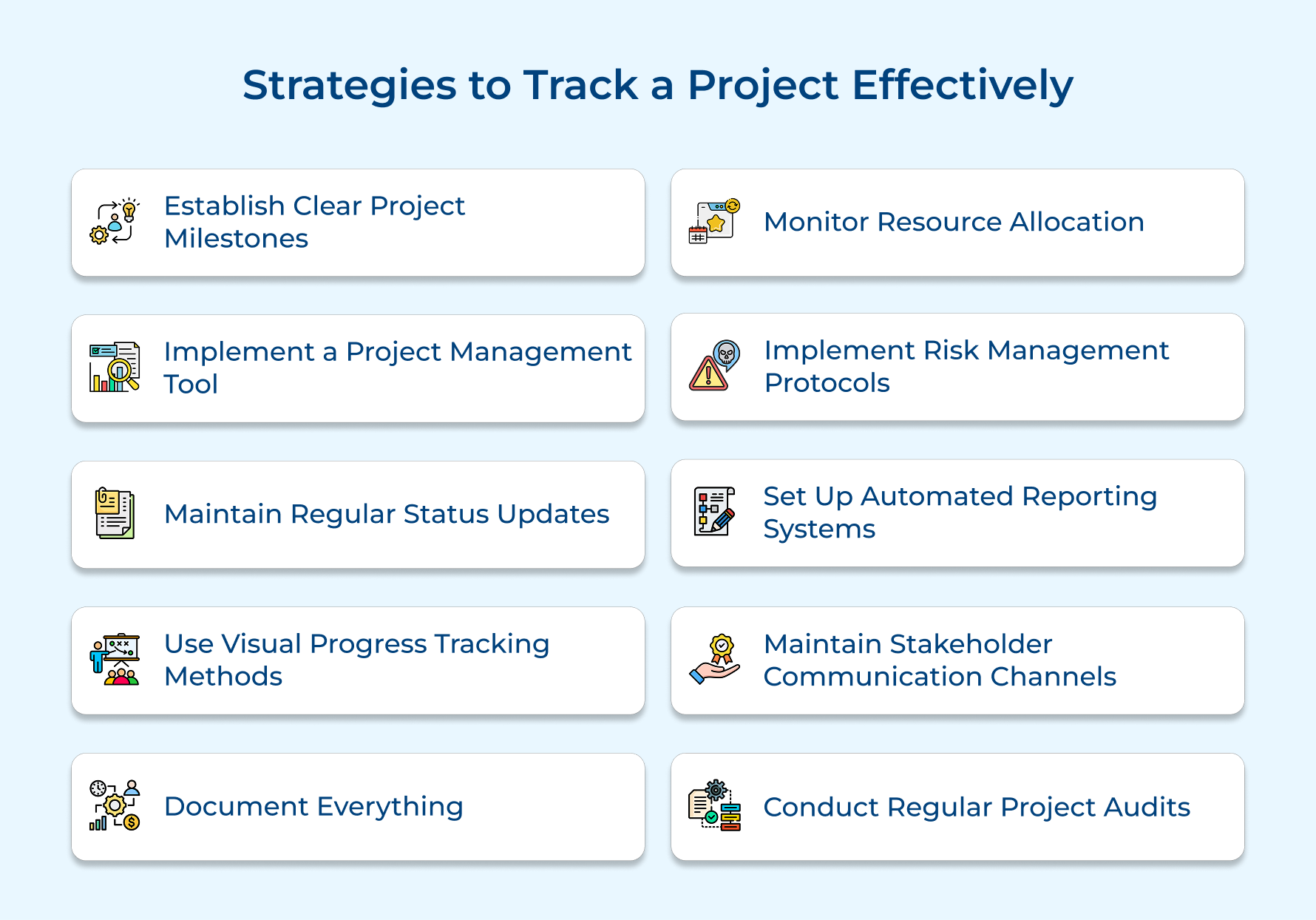1. Establish Clear Project Milestones and Deadlines
Project milestones are important checkpoints that show key achievements during a project. Deadlines are the dates by which these milestones must be completed.
Together, milestones and deadlines help create an organized timeline for finishing the project. Without them, a project may lose direction or face delays. They keep the team focused, provide accountability, and help track progress.
Milestones also make big projects easier by breaking them into smaller, manageable parts. To stay on track, set milestones at key points in the project timeline. Use project management software to set and monitor deadlines. Review progress regularly to spot delays early and make changes when needed.
Actionable tips:
- Break down major milestones into smaller, weekly targets and assign clear owners to each deliverable, ensuring regular check-ins on progress.
- Use the SMART criteria (Specific, Measurable, Achievable, Relevant, Time-bound) when setting each milestone to ensure clarity and achievability.
2. Implement a Robust Project Management Tool
A project management tool is software that keeps all project tasks, timelines, and team communication in one place. It helps teams track work and collaborate easily.
These tools remove confusion about who is doing what and when. They show real-time progress and keep all project details organized.
Choose a tool that fits your team’s needs and project size. Make sure everyone is trained and follows clear steps for using the tool, like creating tasks as well as updating progress.
Actionable tips:
- Create standardized templates for common project types and task structures to ensure consistency across all projects.
- Schedule monthly tool usage audits to ensure all team members are following established protocols and utilizing features effectively.
3. Maintain Regular Status Updates and Check-ins
A structured way of sharing project updates through regular meetings helps keep everyone informed about progress, challenges, and next steps.
These updates prevent miscommunication, support quick problem-solving, and ensure the team stays focused on project goals.
Hold daily stand-ups for brief updates and weekly meetings for deeper reviews, and consider using agile project tools to streamline collaboration. Record key points and share them in a place everyone can access.
Actionable tips:
- Implement a standardized agenda template for each check-in type to ensure consistency and efficiency in meetings.
- Create a digital dashboard that automatically pulls status updates from your project management tool for real-time visibility.
4. Use Visual Progress Tracking Methods
Visual representations of project progress using tools like Gantt charts, Kanban boards, or burndown charts that provide a quick, intuitive understanding of project status and workflow..
Select appropriate visual tools based on project type and team preferences. Update visualizations regularly and make them easily accessible to all stakeholders through shared project dashboards.
Actionable tips:
- Create a custom color-coding system for different project elements and ensure consistent use across all visual tracking methods.
- Set up automated data feeds to update visual trackers in real-time, reducing manual update requirements.
5. Document Everything Systematically
A clear system for recording all project information, decisions, and changes keeps everything organized as well as easy to find. It helps with tracking and future reference.
Good documentation creates a reliable project history, supports decision-making, and helps new team members understand the project quickly.
Set up a standard process with templates and guidelines. Use collaborative tools for real-time updates and shared access to important documents.
Actionable tips:
- Create a centralized document repository with clear naming conventions and folder structures for easy navigation.
- Implement a version control system for all project documents and establish regular backup procedures.
6. Monitor Resource Allocation and Utilization
Resource tracking means keeping an eye on how team members, budgets, and materials are used during a project. It ensures everything is used wisely and within limits.
Good resource management prevents overload, helps with planning, and supports the timely completion of project deliverables within the project scope.
Use resource management tools with key features like task management and tracking. Hold regular review meetings to check resource use and adjust as needed.
Actionable tips:
- Create weekly resource utilization reports comparing planned versus actual usage to identify optimization opportunities.
- Develop a resource forecasting model based on historical data to better predict future resource needs.
7. Implement Risk Management Protocols
A systematic process for assessing as well as preparing for potential project risks and challenges before they occur, including the development of mitigation strategies.
Proactive risk management helps prevent project disruptions, reduces negative impacts when issues arise, and increases project success rates.
Maintain a risk register that identifies potential risks, their likelihood, and their impact. Regularly review and update risk assessments, developing specific mitigation strategies for high-priority risks.
Actionable tips:
- Schedule monthly risk review meetings with key stakeholders to assess new risks and update existing risk mitigation strategies.
- Create contingency plans for your top three identified risks, including specific action steps and responsible parties.
8. Set Up Automated Reporting Systems
Automated reporting systems collect and share project data without manual work. They track performance and keep the project team updated in real time.
These tools save time, reduce errors, and support quick decisions, especially when integrated with project management software with billing to manage finances alongside project updates. They also help keep stakeholders informed with regular updates.
Use project management software with key features like automated reporting. Set schedules and customize reports based on each stakeholder’s needs.
Actionable tips:
- Create custom report templates for different stakeholder groups, focusing on their specific areas of interest and required detail level.
- Set up automated alerts for key performance indicators that fall outside predetermined thresholds.
9. Maintain Stakeholder Communication Channels
Having clear methods for regular communication keeps all project stakeholders informed and involved throughout the project. This helps the project team stay aligned and focused.
Good communication reduces confusion, builds trust, and supports successful delivery. Create a communication plan that outlines how often to share updates, what to include, and which tools to use for each group.
Actionable tips:
- Create a stakeholder matrix identifying preferred communication methods and frequency for each stakeholder group.
- Set up regular feedback loops through surveys or one-on-one meetings to ensure communication effectiveness.
10. Conduct Regular Project Audits and Reviews
Systematic evaluations of project progress, performance, and processes to ensure alignment with objectives as well as identify areas for adjustment.
Regular audits help maintain project quality, identify potential issues early, and ensure alignment with project goals. They provide opportunities for process improvement and learning.
Schedule periodic reviews covering all project aspects, including timeline, budget, quality, and team performance. Document findings and create action plans for implementing improvements.
Actionable tips:
- Develop a standardized audit checklist covering key project aspects and performance metrics to ensure comprehensive reviews.
- Create an improvement tracking system to monitor the implementation of audit recommendations and measure their effectiveness.





